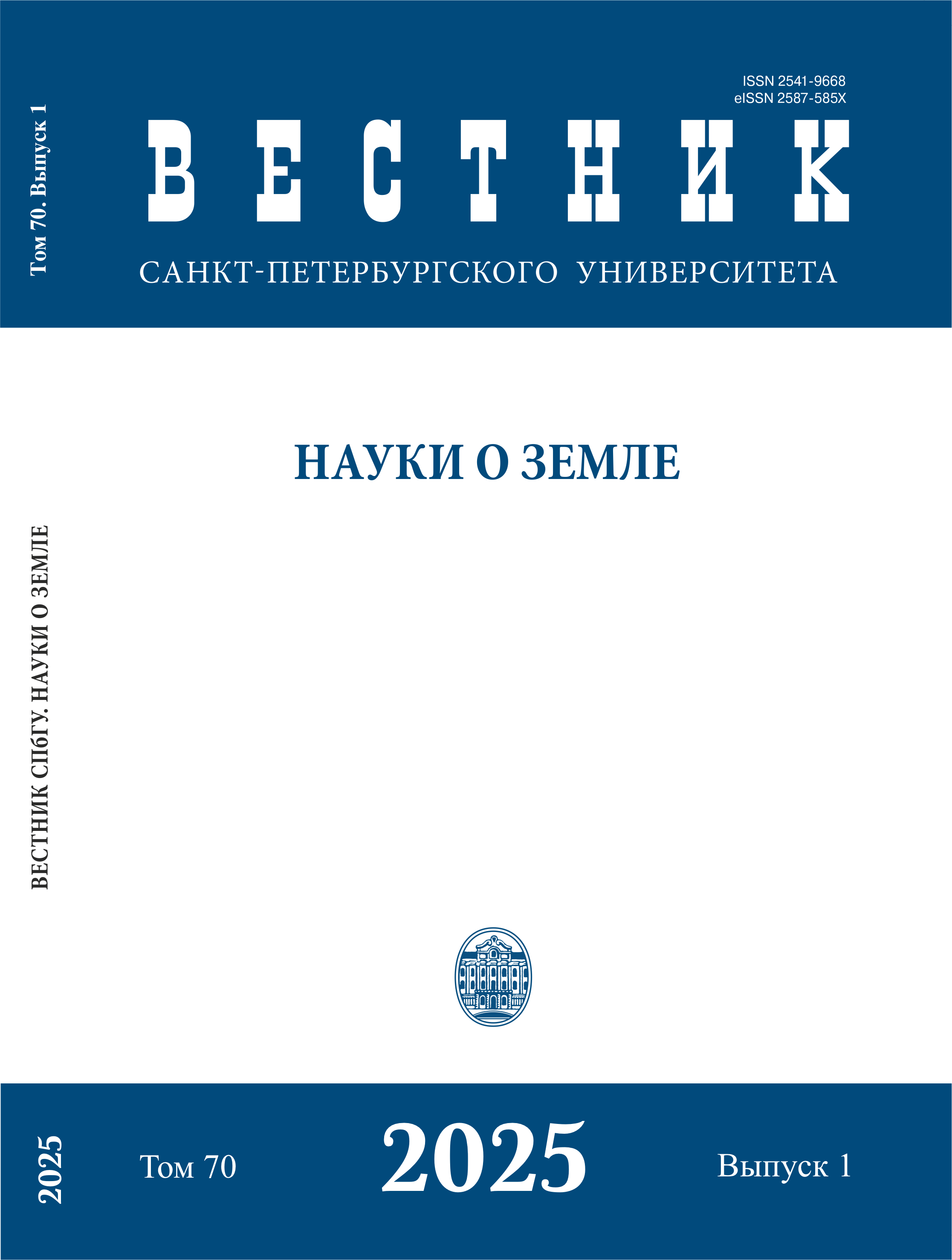Vol. 70 No. 1 (2025): Questions of Geology, Geomorphology, and Paleogeography of the North and Northwest of the East European Plain

In the special issue of the journal Questions of Geology, Geomorphology, and Paleogeography of the North and Northwest of the East European Plain, articles by leading domestic and international experts are presented. These specialists conduct research within the framework of the Peribaltic Working Group.
The Peribaltic Working Group is an informal, open scientific community whose territorial and thematic scope of interest encompasses regions and issues related to the Scandinavian Ice Sheet. The group was established in the early 1960s, bringing together Quaternary geologists from the Northwest of the USSR, including researchers from the Baltic republics, Belarus, Karelia, and the Leningrad, Pskov, and other regions. Its scientific activities are aimed at addressing key questions of regional geology and paleogeography. Over six decades, the group has made a significant contribution to the development of geology and geomorphology in the Baltic region and the entire Northwest. Numerous scientific maps, collections, and fundamental works have been published, including Stratigraphy of the USSR. Quaternary System. The group has also fostered scientific schools, organized field seminars, and participated in Russian and international research projects.
This special issue includes studies discussed during the scientific conference and field seminar of the Peribaltic Working Group, held in Kaliningrad in July 2023. The contributions reflect the research findings of Quaternary geologists and paleogeographers from Petrozavodsk, St. Petersburg, Kaliningrad, Moscow, Syktyvkar, and Novosibirsk. The articles cover topics such as glaciation and deglaciation processes in the North and Northwest of the East European Plain, the formation of hydrographic networks, neotectonics and paleoseismicity, as well as landscape and climate changes during the Pleistocene and Holocene. These studies showcase the current level of scientific research in these fields of Quaternary geology.
In 2025, the year of this special issue’s publication, the Peribaltic Working Group celebrates its 60th anniversary. The group’s long-standing activities demonstrate that successful research requires collaboration and discussion. We hope that the publication of this special issue will remain one of the valued and lasting traditions of the working group.
O. A. Druzhinina
Candidate of Geographical Sciences, Editor of the Special Issue





